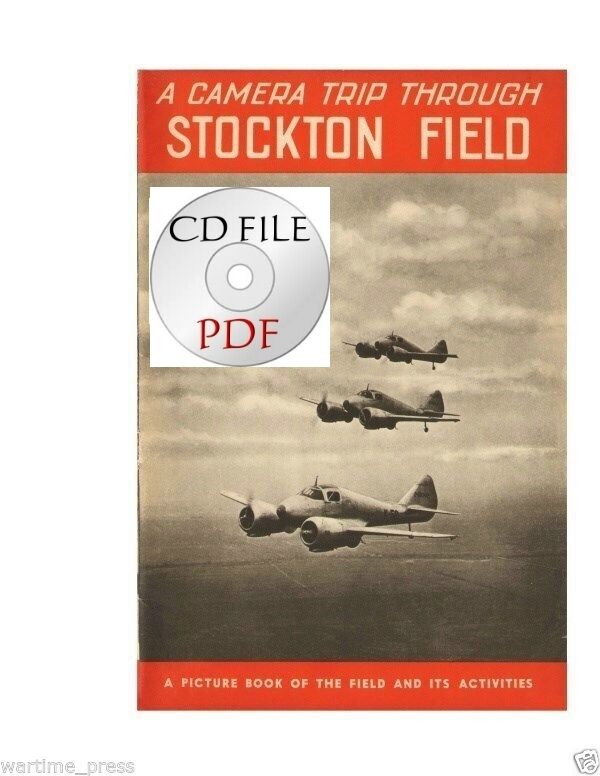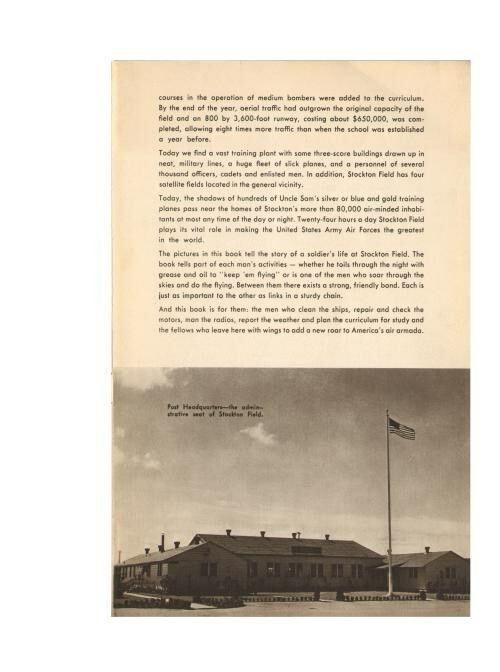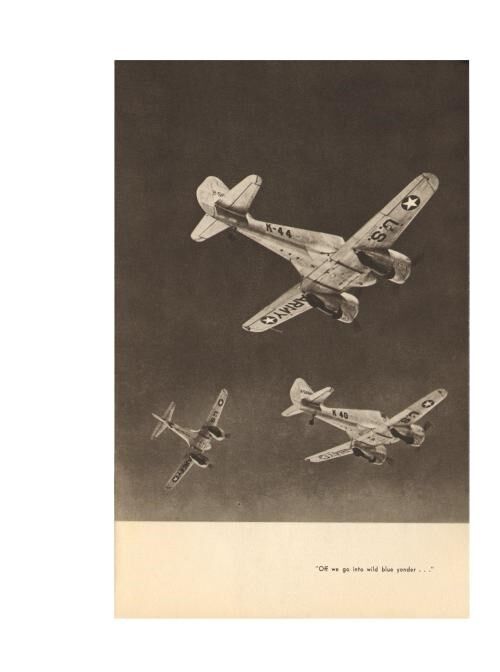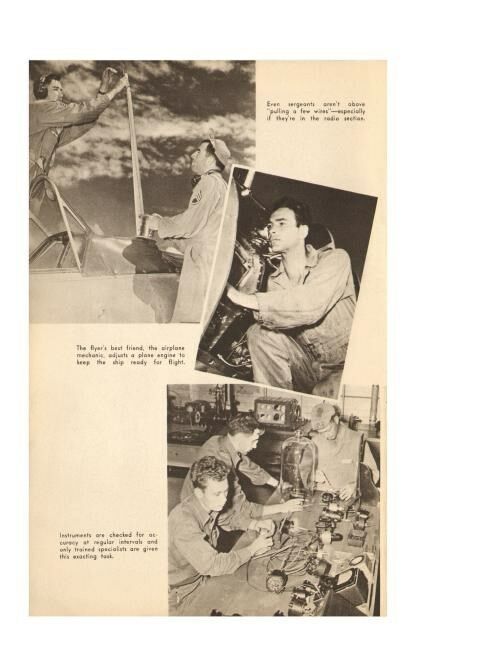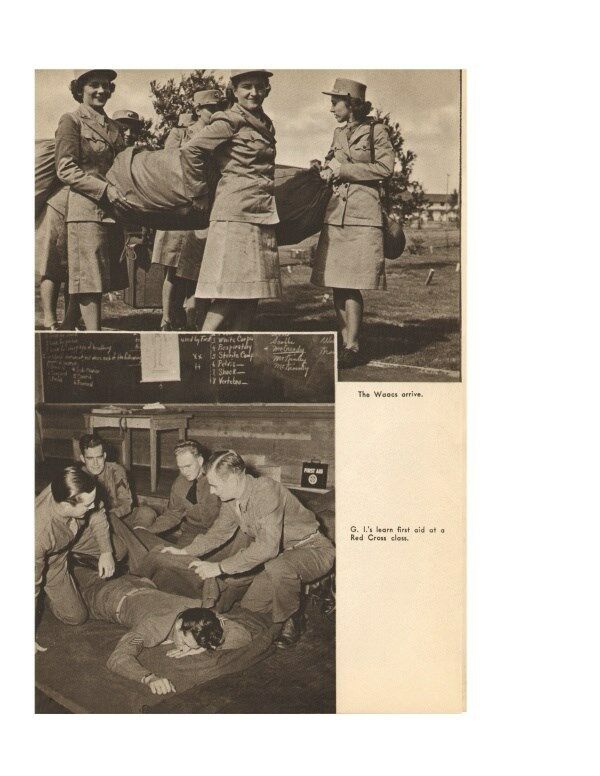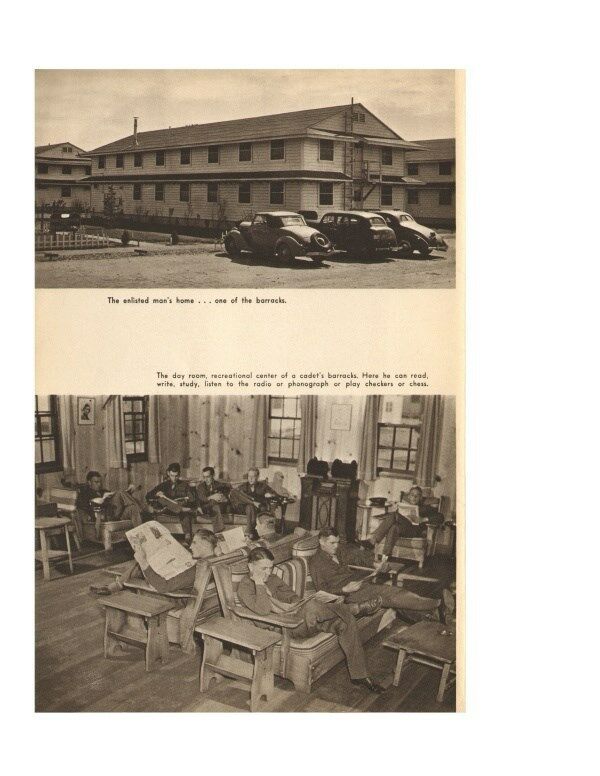-40%
*CD File A Camera Trip Through Stockton Field, California
$ 5.25
- Description
- Size Guide
Description
A digital document:A Camera Trip Through Stockton Field, California
-
WWII,
32 page
***
Our Promise: if you ever lose your file we will let you download it for free again.
***
All available on CD (+ shipping) or free download.
US buyers (download option):
When checking out select local pickup then complete the transaction; once the payment is complete we will email you a link to download the files.
Foreign (international) customers - the file is only available as download (no CD option).
***
We have more original publications in PDF format coming soon.
See our other listings for more PDFs that have been created from the Archives of Wartime Press website. We have more than 20,000 original WWII publications and we are working hard to make them available in PDF/Digital format.
DISCLAIMER:
This digital document is designed to help anyone interested in WWII history.
Not for Resale.
***
This description is from the booklet:
History of Stockton Field ....... One rainy winter day, the U. S. Army Air Forces arrived in Stockton to take over a small flying field flanked by a lone adobe hangar. It was December 5, 1940, that the first troops which formed the nucleus of the Air Forces Advanced Flying School at Stockton Field disembarked from a convoy of army trucks. They slithered through the mud and hastily set up tent shelters and other essentials for what was to be an amphibious three months. Efforts to level the field and construct buildings for housing men and equipment progressed slowly under the rains, as machines bogged down in quagmires and rivulets of water literally swamped all attempts at improving facilities here. But by December 10, a headquarters was established and by January 2, 1941, 90 cadets and 25 second lieutenants had arrived. Flight instruction started on the same day with eight AT-6's. From that muddy start, Stockton Field has mushroomed into one of the largest advanced flying schools in the West Coast Training Center. It has acquired an air of permanence and stability that foreshadows a still greater growth to come. The men of Stockton Field have faced many problems: rain, tule fogs and now the pressure of a global war. But as their first commanding officer used to say, "Stockton Field always comes through - on schedule!" On January 11, 1941, the field was officially dedicated and a month later the former one-hangar municipal airport was designated by the War Department as Stockton Field. The first advanced flying school on the West Coast had become a reality, but the future still held many days of hard work. Five weeks after the arrival of the first class of cadets, the population of Stockton Field had been raised to the 1,300 mark with 177 officers. Three Air Corps squadrons were organized, the 68th Air Base group to operate the post and school and to furnish the principal officers and all the flying instructors, and the 80th and 81st School Squadrons to provide men to overhaul and maintain the planes. Once a start had been made, the job of making this an outstanding school in the Air Forces advanced rapidly. More planes arrived until a fleet of 62 ships stood on the stubby flight line. Carpenters, plumbers, electricians, craftsmen and artisans worked in unison to transform the once deserted airport into a "city of soldiers" with all the modern conveniences of a thriving metropolis. At the same time, flight instruction continued steadily until the first graduation was held here on March 14, 1941, when o class of 25 second lieutenants and 90 cadets received their diplomas, and thus became charter members of the great fraternity of air heroes of this war who call Stockton Field their alma mater. Still Stockton Field continued to grow. On April 28, 1941, it attained its full complement of commissioned officers, cadets, enlisted men and civilian employees. On November 5, twin-engined planes arrived from Barksdale, La., and courses in the operation of medium bombers were added to the curriculum. By the end of the year, aerial traffic had outgrown the original capacity of the field and an 800 by 3,600-foot runway, costing about 0,000, was completed, allowing eight times more traffic than when the school was established a year before. Today we find a vast training plant with some three-score buildings drawn up in neat, military lines, a huge fleet of slick planes, and a personnel of several thousand officers, cadets and enlisted men. In addition, Stockton Field has four satellite fields located in the general vicinity. Today, the shadows of hundreds of Uncle Sam's silver or blue and gold training planes pass near the homes of Stockton's more than 80,000 air-minded inhabitants at most any time of the day or night. Twenty-four hours a day Stockton Field plays its vital role in making the United States Army Air Forces the greatest in the world. The pictures in this book tell the story of a soldier's life at Stockton Field. The book tells part of each man's activities - whether he toils through the night with grease and oil to "keep 'em flying" or is one of the men who soar through the skies and do the flying. Between them there exists a strong, friendly bond. Each is just as important to the other as links in a sturdy chain. And this book is for them: the men who clean the ships, repair and check the motors, man the radios, report the weather and plan the curriculum for study and the fellows who leave here with wings to add a new roar to America's air armada.
